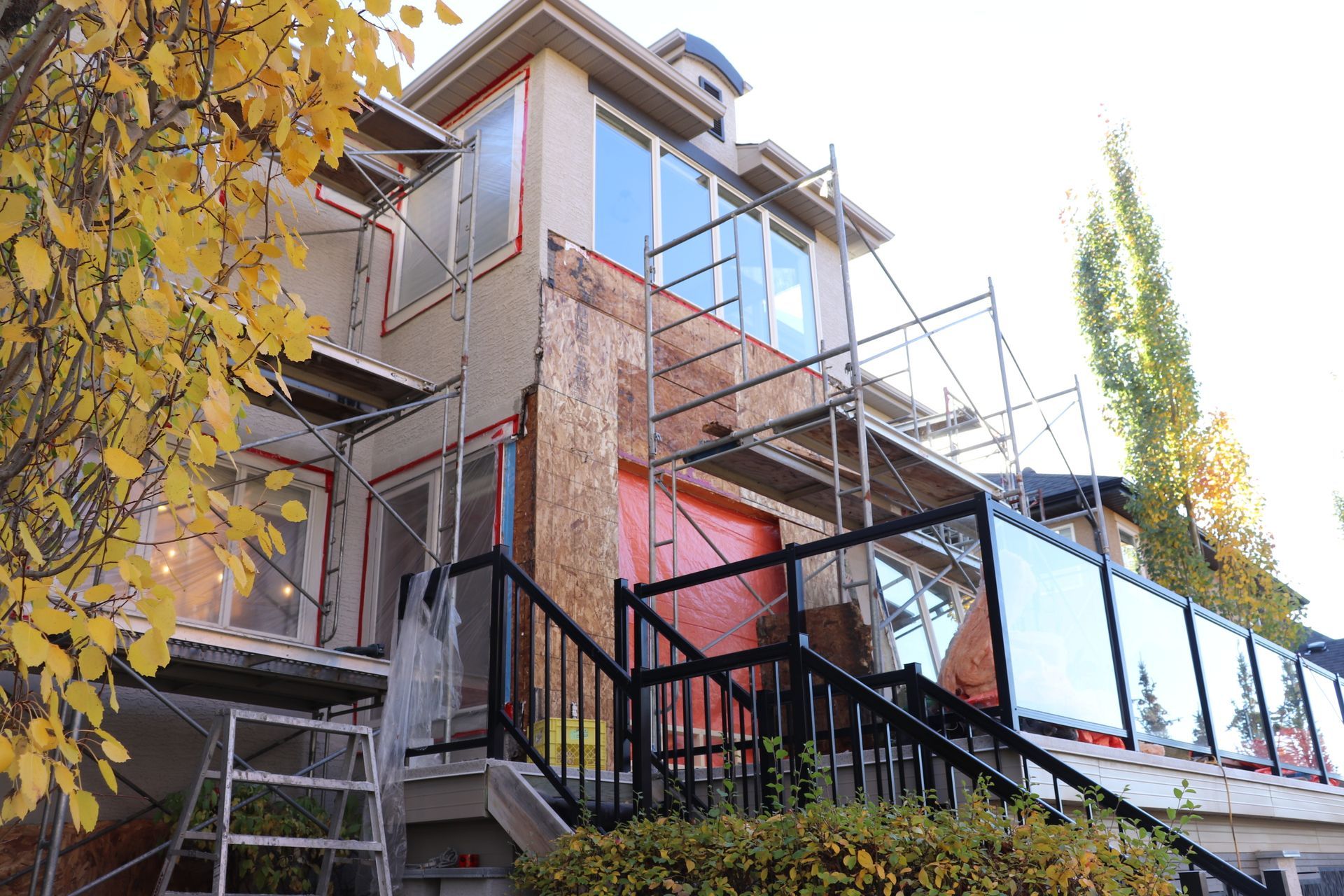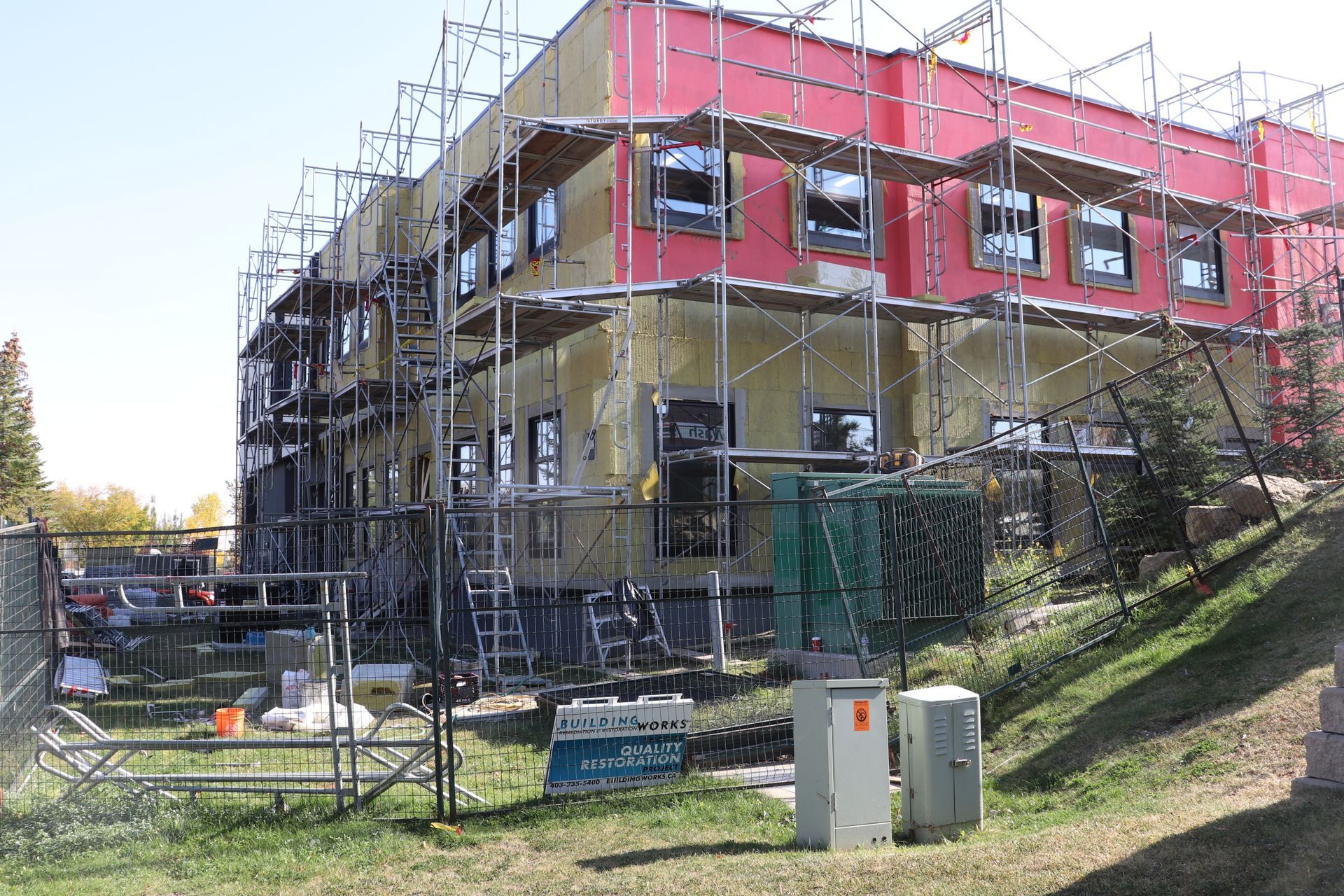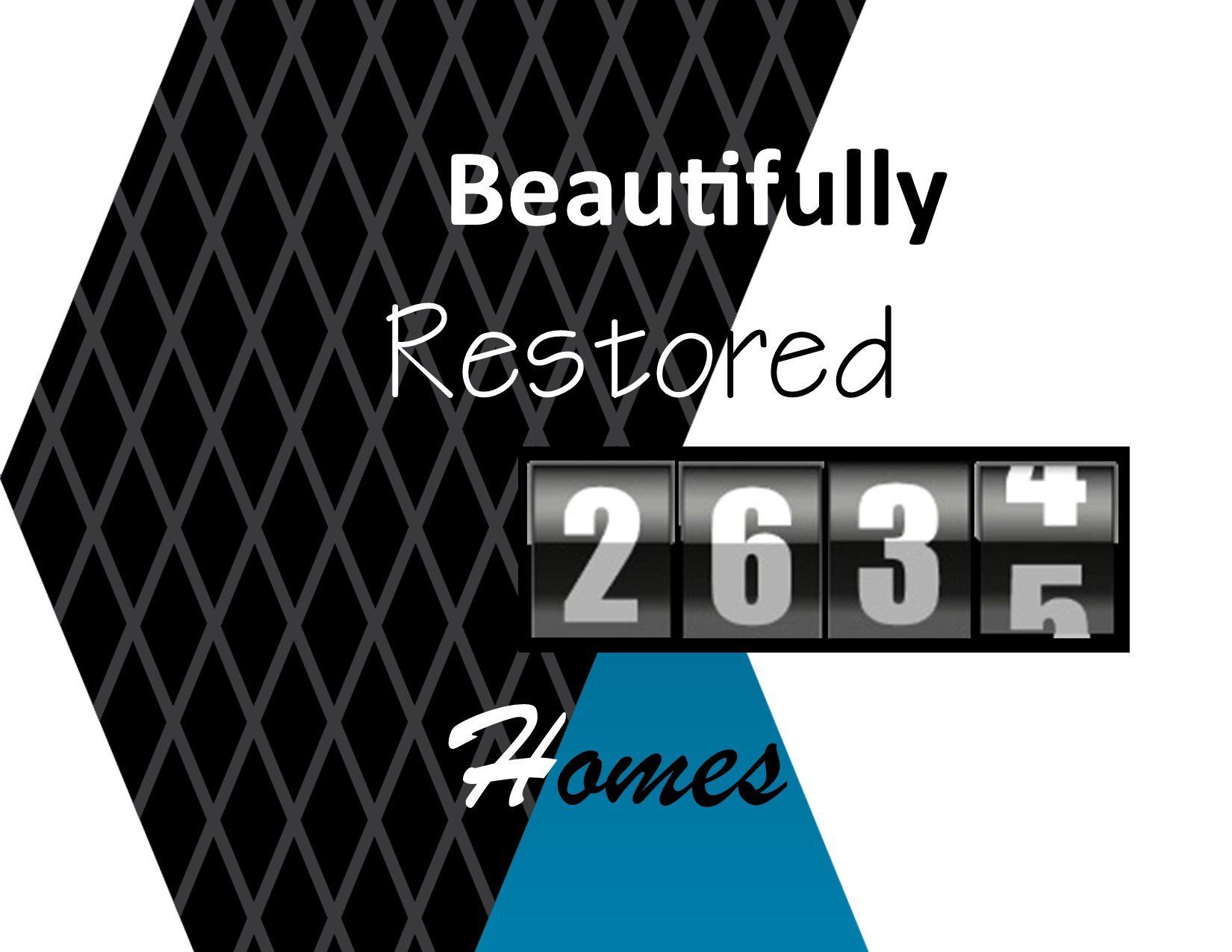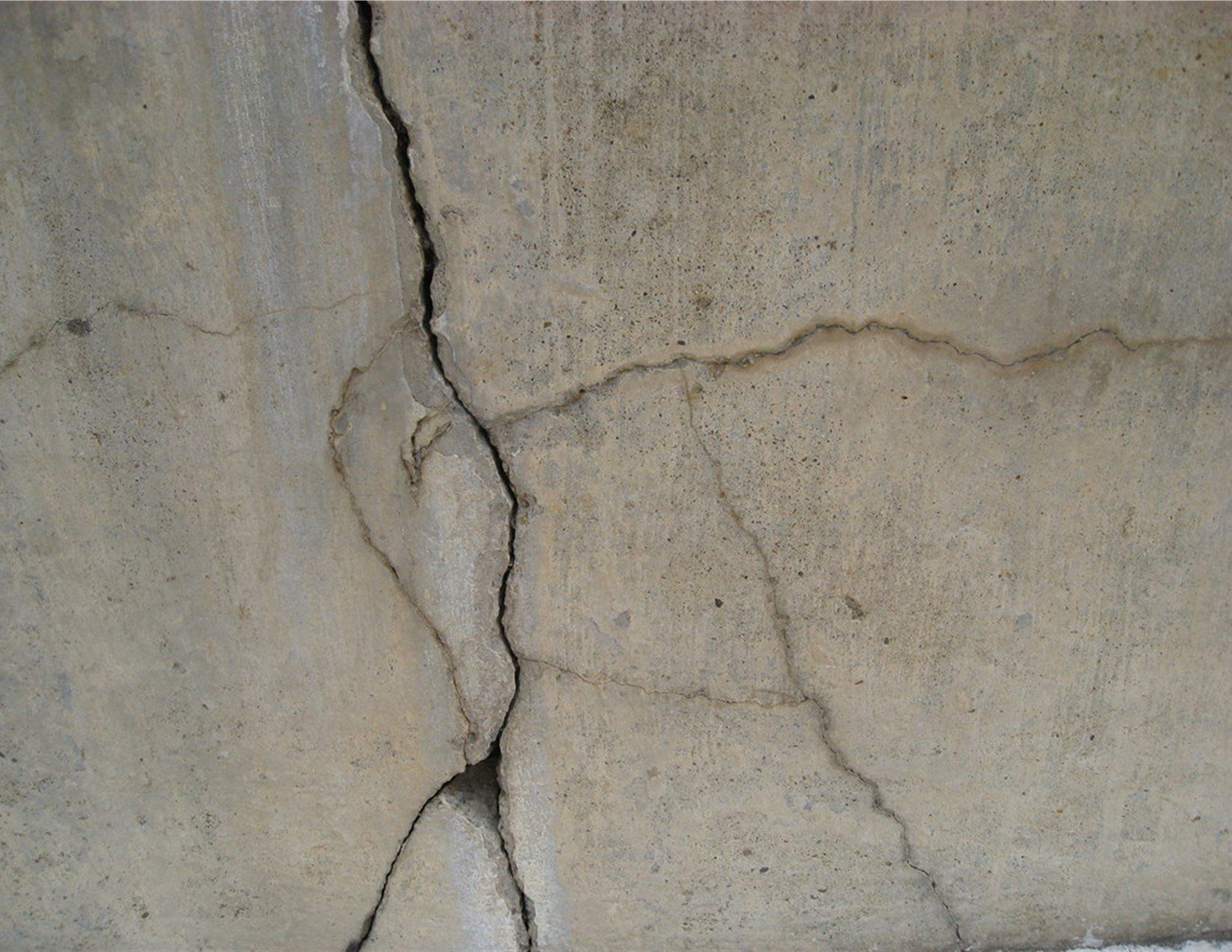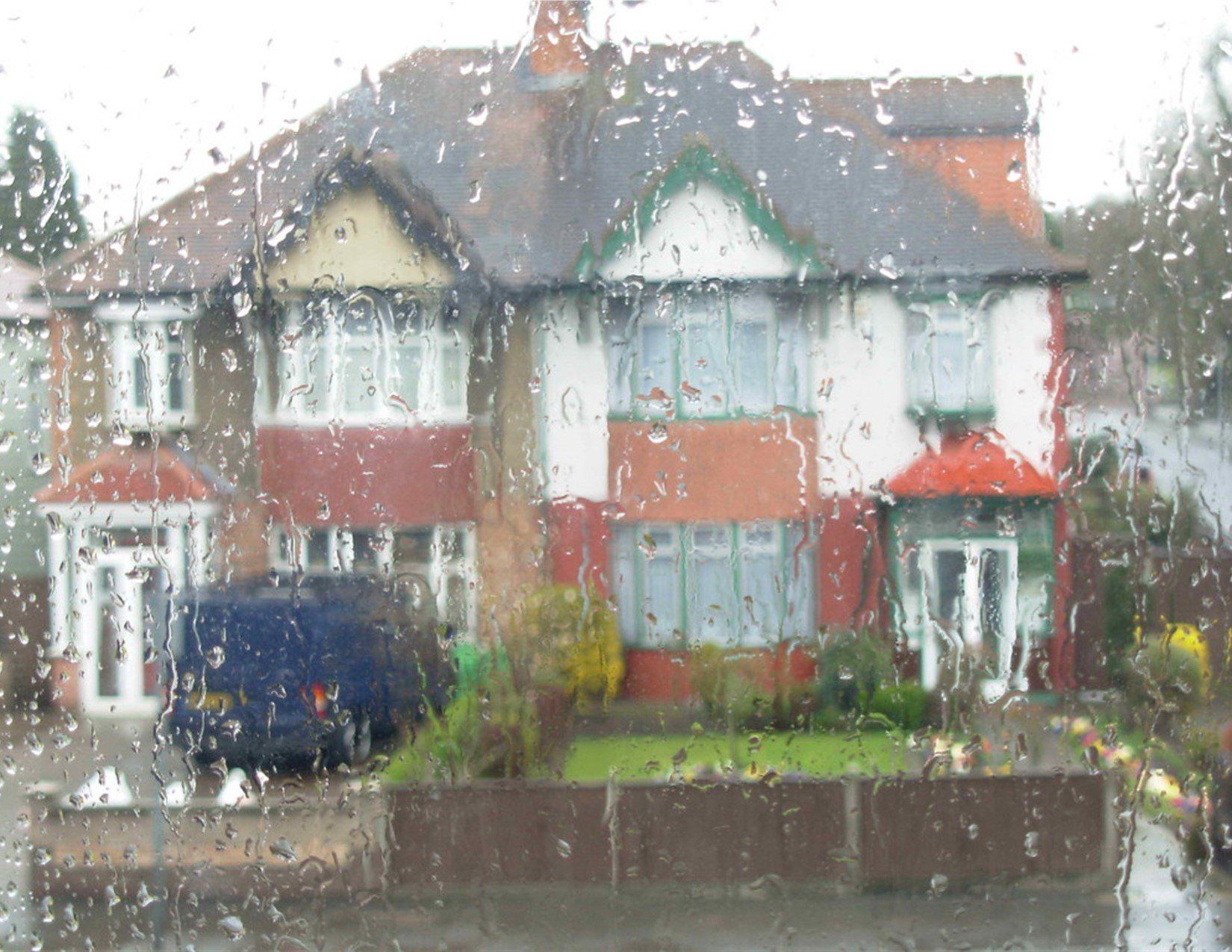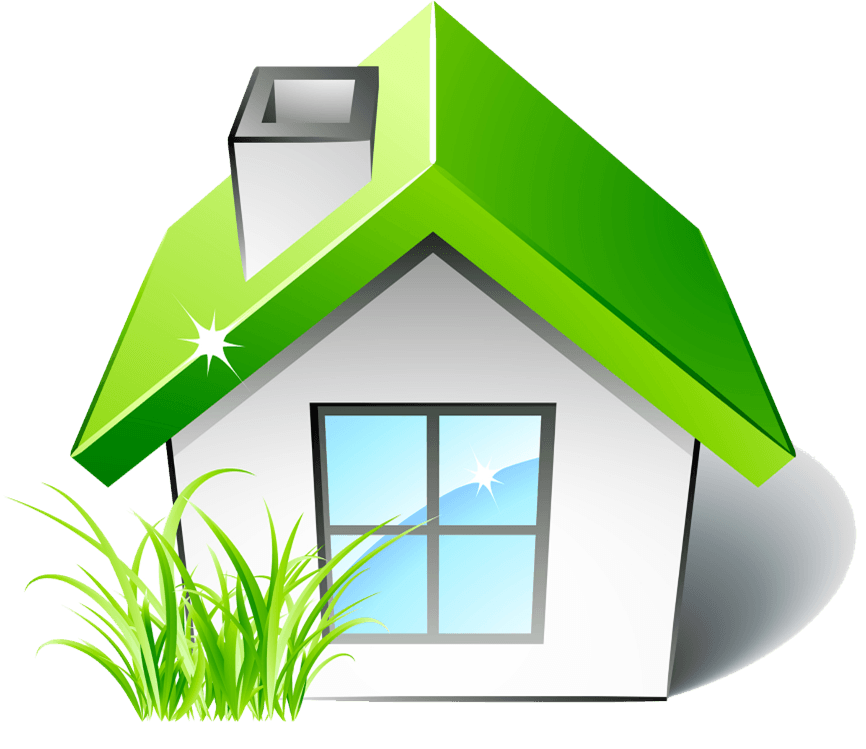What is Attic Rain?
An attic tends to be the one place where a house’s most overlooked spaces meet its most important ones. That’s because an attic is increasingly essential for modern home life, as it plays host not only to old clothes and furniture, but also to dryer vents, insulation, ceiling insulation and home security systems. So what is attic rain, how do you prevent it from happening in the first place and how to deal with it?
What is Attic Rain?
A roof’s worst enemy is moisture. When there is too much of it, the roofing materials can decay, causing leaks into the attic. When the attic gets too wet, it gets warmer, which leads to increased evaporation. During periods of extended cold weather, all this moisture turns to ice inside your attic.
When the temperature warms up or we experience an extremely sunny day, this ice melts faster than the attic’s ventilation system can exhaust the accumulated moisture, causing attic rain.
What to look for
Your attic might feel cooler because you have attic rain. This occurs when there’s a lot of humidity present in the air, along with a cool surface, such as your walls or ceiling. While humidity is normal in most homes, an attic that consistently feels too humid can be a sign your attic is leaking. If this is the case, your attic might be allowing moisture to enter the walls of your house, causing the walls to swell and rot. Look for wet spots or stains on your ceiling or water leaks around a window or at the bottom of a wall.
How to Deal with Attic Rain
If you have an attic that is prone to getting wet, there are a few things you can do to prevent it from happening.
- Seal the Roof - This is perhaps the most important way to prevent attic rain
- Insulation - A well-insulated attic will be much drier than one with little insulation
- Manage the humidity – During long cold spells, turn down the humidifier to 20-25% humidity
- Proper Ventilation – Ensure that your ventilation fans are working properly and moving air throughout the house
- Attic dehumidifier - Another option is to install a dehumidifier, which absorbs excess humidity
Bottom Line at the top of your house
Attic rain is a serious problem that can cause serious damage to your home. Fortunately, it is something that can be prevented by sealing off the roof and properly venting it. You can also insulate your attic to prevent it from getting too wet. Once your attic is dry and properly vented, you can use a dehumidifier to keep any extra moisture from damaging your attic insulation. This prevents your attic from getting too warm and damaging your roofing materials. A properly insulated attic will be much drier than a non-insulated one and will also be much warmer.
The bottom line is this: Your home envelope needs to be protected. Not only will it make your home more comfortable for you and your family, but also it will extend the life of the home, protect your investment, and give you peace of mind.
From foundations to rooftops, we work to protect your building envelope. Call us at 403-235-5400 for a free estimate.

